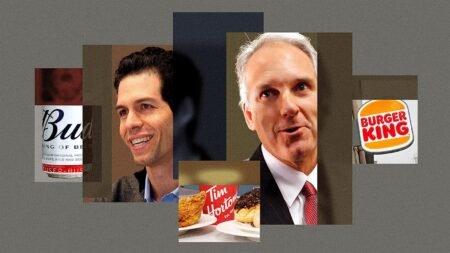The Labor Department reported that the producer price index (PPI), which measures wholesale prices, remained unchanged in September, indicating a continued easing in inflation. The index was up 1.8% from a year ago, with economists predicting a monthly gain of 0.1% after August’s 0.2% increase. Excluding food and energy, the PPI rose 0.2%, meeting expectations. This follows the consumer price index (CPI) report showing a 0.2% increase for the month and a 2.4% increase from a year ago. Despite this, markets showed little reaction to the data, with stock market futures pointing slightly higher on Wall Street while Treasury yields rose on longer-duration securities.
Overall, the data suggests that inflation is slowing down from its peak more than two years ago but still remains above the Federal Reserve’s 2% target. Within the PPI, final demand goods prices decreased by 0.2%, while services increased by 0.2%. When excluding trade services, the core PPI index increased by 0.1% in September. Deposit services costs jumped by 3%, while professional and commercial equipment wholesaling prices tumbled by 6.3%. On the goods side, a 2.7% decline in energy prices was the main factor in the overall decrease, with gasoline prices falling by 5.6% and diesel fuel prices plunging by 17.6%.
Federal Reserve officials have recently expressed confidence in inflation returning to target levels, despite some categories like shelter, food, and vehicle costs remaining elevated. Minutes from the September meeting showed a division among policymakers over the decision to lower the Fed’s benchmark interest rate by half a percentage point. Most officials anticipate further rate cuts as long as the data supports it, with markets expecting a quarter percentage point cut at each of the remaining two meetings this year.
In summary, the latest data on wholesale and consumer prices suggests that inflation is easing from its peak but remains above the Federal Reserve’s target. The PPI was unchanged in September, while the CPI showed a modest increase. Within the PPI, final demand goods prices declined, while services saw an increase. The data indicates a mixed picture of inflation trends, with some categories experiencing price increases while others, like energy, witnessing declines. Federal Reserve officials continue to closely monitor inflation data and are prepared to take further action if needed to bring inflation back to target levels.












